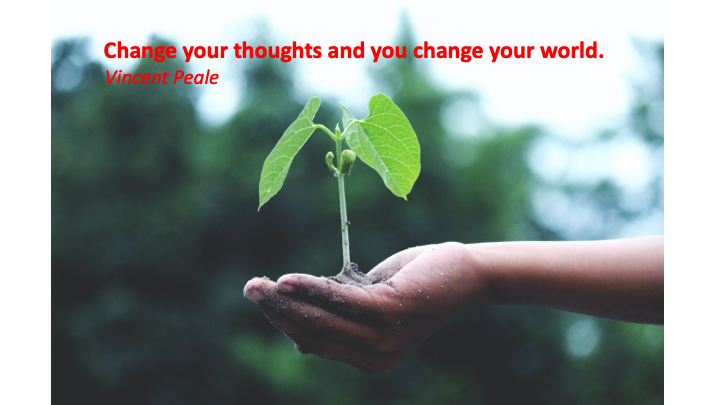All coaches are keenly aware of the close interaction between motivation and learning. However, motivation is a theoretical concept that cannot be directly observed and can only be hypothesized on the basis of athletes` behavior. In any case, knowledge of the motivational process is a crucial factor for any coach who wants to teach effectively.
The most important motivations recognized by young athletes are related to:
- competence (learning and improving their sports skills),
- fun (excitement, challenge and action)
- affiliation (being with friends and making new friends),
- team (being part of a group or team),
- competing (competing, succeeding, winning)
- physical fitness (feeling fit or feeling stronger)
Conversely, the main causes of decreasing motivation or quitting sports are attributed to: lack of fun, lack of success, competition stress, lack of parental support, misunderstandings with the coach, boredom, and sports accidents.
In summary, these are the three main needs that the athlete wants to satisfy through sports activity:
- to have fun, satisfies the need for stimulation and excitement;
- demonstrate competence, satisfies the need to acquire skills and feel self-determined in the activities performed; and
- to be with others, satisfies the need for affiliation with others and to be in a group.
With respect to the need for stimulation, it can be stated that:
- Success must be built by calibrating the program to be carried out with the athlete’s abilities and age.
- Training must be kept stimulating and varied.
- Every athlete must be active; athletes should not be allowed time to be bored.
- During training it is necessary to provide athletes with opportunities to perform challenging exercises.
- Athletes must be taught to identify realistic goals.
- During training, it is useful to establish times when athletes practice without being evaluated by the coach.
Regarding the need for competence, it is the task of the coach to stimulate both the child and the evolved player not only to learn specific sports techniques but, also, to develop a desire to progress and curiosity about themselves and the environment in which they act.
In this regard, the coach should remember that:
- Specific, difficult and challenging goals are more effective than specific but easy goals, goals defined in terms of do-your-best and non-goals.
- Athletes must possess a sufficient number of skills to achieve their goals.
- Goals are more effective when they are defined in behavioral, specific and quantitative terms than when they are defined vaguely.
- Intermediate goals must be defined and must interact with long-term goals.
As for the need for affiliation it is based on the need to belong to and be accepted by a group, thus establishing meaningful relationships with other team members. By satisfying the need for affiliation and esteem, the athlete experiences greater self-confidence and more control over situations that arise. In fact, every athlete and coach knows from experience that when there are communication problems between them, it is difficult to follow the training program that has been set.
The key points for meeting athletes’ need for affiliation and esteem can be summarized as follows:
- Listening to athletes’ requests.
- Understanding the expressed needs, orienting them within the annual training program.
- Establish the role of each athlete, setting realistic goals for each.
- Openly acknowledge the commitment placed in collaborating on group goals.
- Teach players to correct each other.
- Provide technical instruction and encourage personal commitment.
- Reduce competitive stress by reinforcing the importance of competing by doing one’s best and reducing the importance placed on the outcome.
In other words, the coach, in order to develop in his athletes i sense of belonging to that particular group, must show himself to be credible and consistent in his attitudes and behavior.
To be believable the coach must be honest with one’s athletes: young and old, experienced and inexperienced, starters and reserves. In this regard it is necessary to:
Share the technical program with the athletes, highlighting their skills and areas for improvement.
- Explain the reasons for techniques and strategies: they will be better remembered that way.
- Do not make promises, personally or indirectly, that you may not be able to keep.
- Answer questions with competence, sincerity, sensitivity.
- Avoid uttering phrases that might hurt the athlete’s esteem (e.g., “You will never be part of the top group). As an indication ask yourself, “If I were the athlete, would I want to hear this from the coach?”





